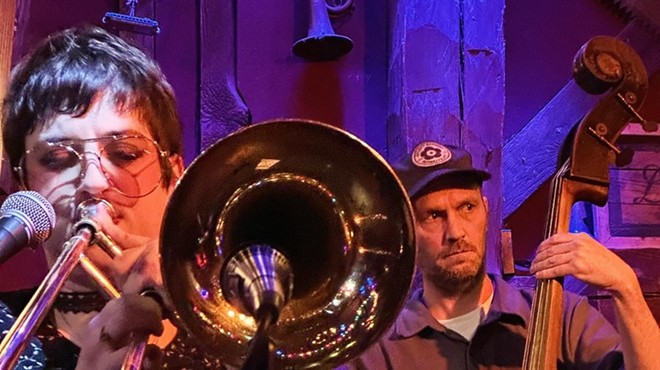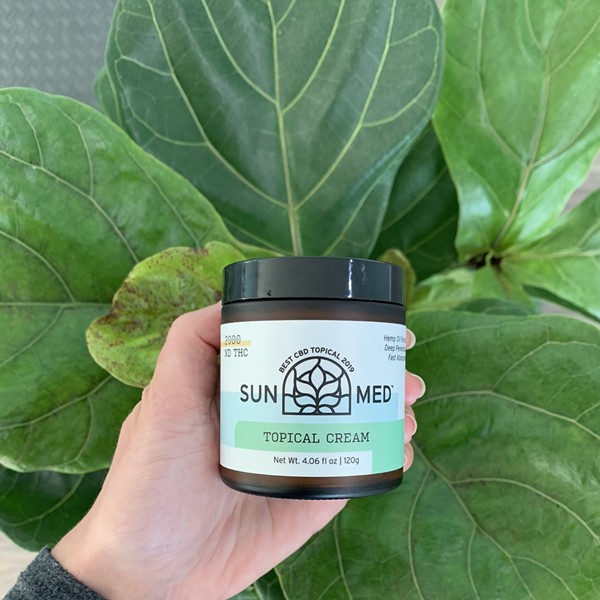Hypnosis, demystified: More than just a party trick, hypnosis in a therapeutic setting can alleviate anxiety, phobias, PTSD, and more.
People come to hypnosis for a grab-bag of reasons. Smoking cessation. Emotional eating. Fear of flying. Achieving "flow" or peak performance as an artist or athlete. For Ann of West Hurley (who prefers to go by her first name), it was stage fright that led her to the hypnotist's chair last summer. She was preparing to have an adult Bat Mitzvah, something she hadn't done as a child and really wanted to do, yet performance anxiety was getting in the way. "I wasn't sleeping well, and it was overwhelming to the point where I was avoiding the work I had to do," she says. "Time management went out the window, and fear took over."
About six weeks before Ann's big day at the synagogue, a friend, a "very wise woman," suggested that she try hypnosis to allay her anxiety. "It never would have come into my own mind to do this," Ann says. "She made the call right then and there. I didn't have much time to think about it." The fact that her friend trusted the hypnotist, Peter Blum of Woodstock, added an essential layer of comfort. Besides, she says, "I was desperate. I was also curious."
In her first meeting with Blum, Ann felt at ease right away, and was very direct with him. "I said, 'Don't tell me to find a beach or a garden where I can feel calm, or some shit like that. It's not going to work.'" Blum didn't. He asked Ann questions and got to know her. She liked his voice.
"Somehow, in the process of talking, I started to relax," she says. "I don't know if I'd call it being in a trance; it was just very deep relaxation." Blum talked about the process she was going through and the outcome she wanted. He made suggestions for how things would go. He sent her home with self-hypnosis instructions, and he gave her a technique that involved lifting one finger as a subtle cue to relax her shoulders and release tension. She remembers Blum counting to 10 to bring her out of the "trance." "By the time the session ended, I was floating on air," she says.
Ann scheduled one more hypnosis session, recording it and re-listening to it as she prepared for her Bat Mitzvah over the next few weeks. She felt more open to doing the work, and although it still felt like a struggle, it wasn't a negative struggle. The night before the event, to her amazement, Ann slept like a baby. The day itself felt like a dream. "Not that it was perfect," she qualifies, "but it was perfectly imperfect. It had a magical quality. My family came from England, and it was a pretty spectacular day."
Tapping into the Unconscious Mind
Hypnosis in a private, therapeutic session is nothing like the stage tricks we've seen on TV. You'll never see a watch swinging from a chain, or be ordered to perform silly or outrageous acts, such as clucking like a chicken in front of a live studio audience. Trances don't always feel like trances so much as a state of relaxed awareness. People don't lose control and become the sleep-walking marionettes of a hypnotist-showman.
"There are so many misconceptions about hypnosis," says Blum, who has been practicing the modality for over 30 years, and who trains and certifies other practitioners through the National Guild of Hypnotists. "The use of the trance or hypnotic state goes back to ancient practitioners—medicine people and healers and shamans from tribal cultures from around world. They were getting themselves and people in their community into an altered state, where they could contact the vast resources of what they would have called the spirit world, but that we would now call the unconscious mind. They used it for healing."
Hypnosis success stories are mainly anecdotal, yet we're beginning to understand what's happening in the brain when people enter a hypnotic state. In 2016, researchers at Stanford University published a study that found changes in certain areas of the brain in subjects undergoing guided hypnosis sessions similar to those used by practitioners to treat anxiety, pain, or trauma. Some describe the process as going from beta (active and alert) to more alpha and theta (relaxed and dreamlike) brainwaves. The Stanford researchers also noted that some people are more susceptible to hypnosis than others, possibly standing to absorb more benefits from it.


















